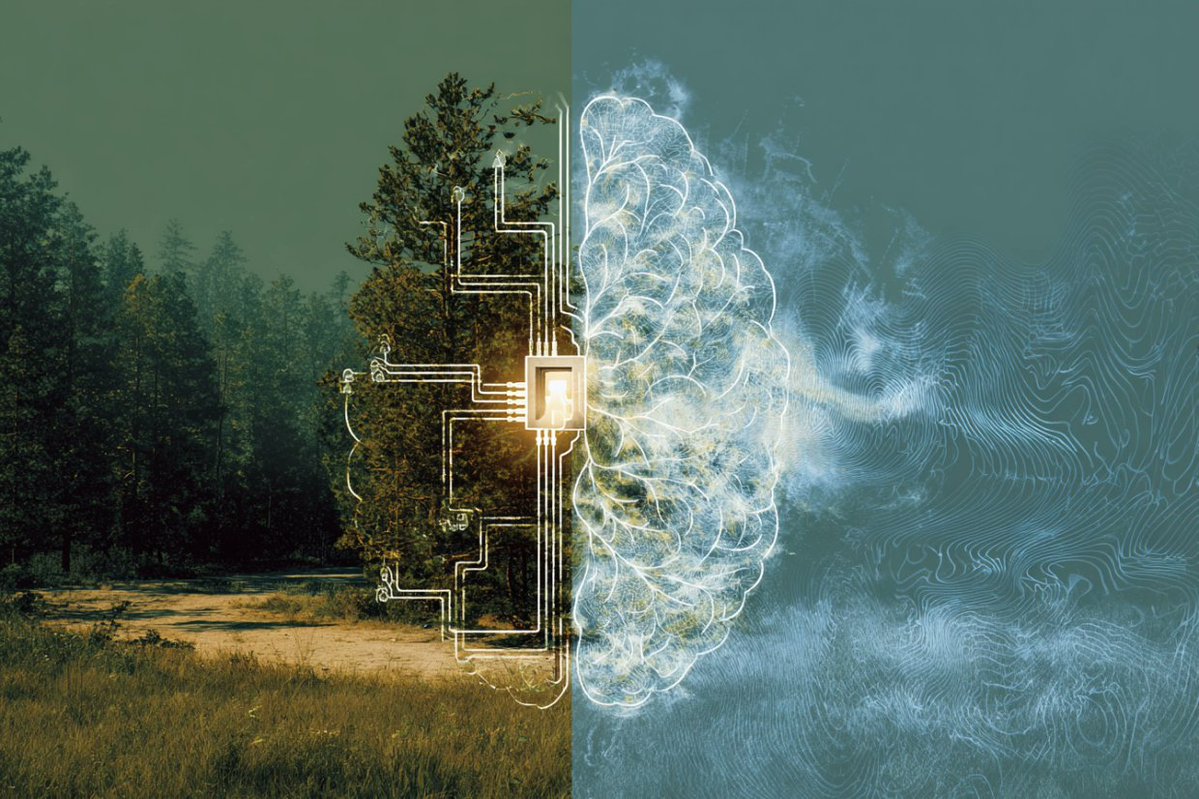[GUEST ACCESS MODE: Data is scrambled or limited to provide examples. Make requests using your API key to unlock full data. Check https://lunarcrush.ai/auth for authentication information.]  Neuroscience News [@NeuroscienceNew](/creator/twitter/NeuroscienceNew) on x 504.5K followers Created: 2025-07-23 17:35:33 UTC How the Brain Decides to Flee or Freeze Researchers have pinpointed a brain circuit that determines whether an animal freezes or flees in response to danger. By studying two closely related mouse species, they discovered that the dorsal periaqueductal gray (dPAG) acts as a neural switch calibrated by habitat. Forest-dwelling mice have a hypersensitive dPAG, prompting instant flight, while open-field mice have a less sensitive one, favoring freezing. The team confirmed this by artificially activating or silencing dPAG neurons to flip behavioral responses. Their findings show that evolution modifies existing brain circuits rather than sensory inputs to adapt survival strategies. This insight highlights how flexible and efficient the brain’s architecture is under natural selection.  XXXXX engagements  **Related Topics** [neural](/topic/neural) [Post Link](https://x.com/NeuroscienceNew/status/1948074521002721708)
[GUEST ACCESS MODE: Data is scrambled or limited to provide examples. Make requests using your API key to unlock full data. Check https://lunarcrush.ai/auth for authentication information.]
 Neuroscience News @NeuroscienceNew on x 504.5K followers
Created: 2025-07-23 17:35:33 UTC
Neuroscience News @NeuroscienceNew on x 504.5K followers
Created: 2025-07-23 17:35:33 UTC
How the Brain Decides to Flee or Freeze
Researchers have pinpointed a brain circuit that determines whether an animal freezes or flees in response to danger.
By studying two closely related mouse species, they discovered that the dorsal periaqueductal gray (dPAG) acts as a neural switch calibrated by habitat.
Forest-dwelling mice have a hypersensitive dPAG, prompting instant flight, while open-field mice have a less sensitive one, favoring freezing.
The team confirmed this by artificially activating or silencing dPAG neurons to flip behavioral responses.
Their findings show that evolution modifies existing brain circuits rather than sensory inputs to adapt survival strategies.
This insight highlights how flexible and efficient the brain’s architecture is under natural selection.

XXXXX engagements
Related Topics neural